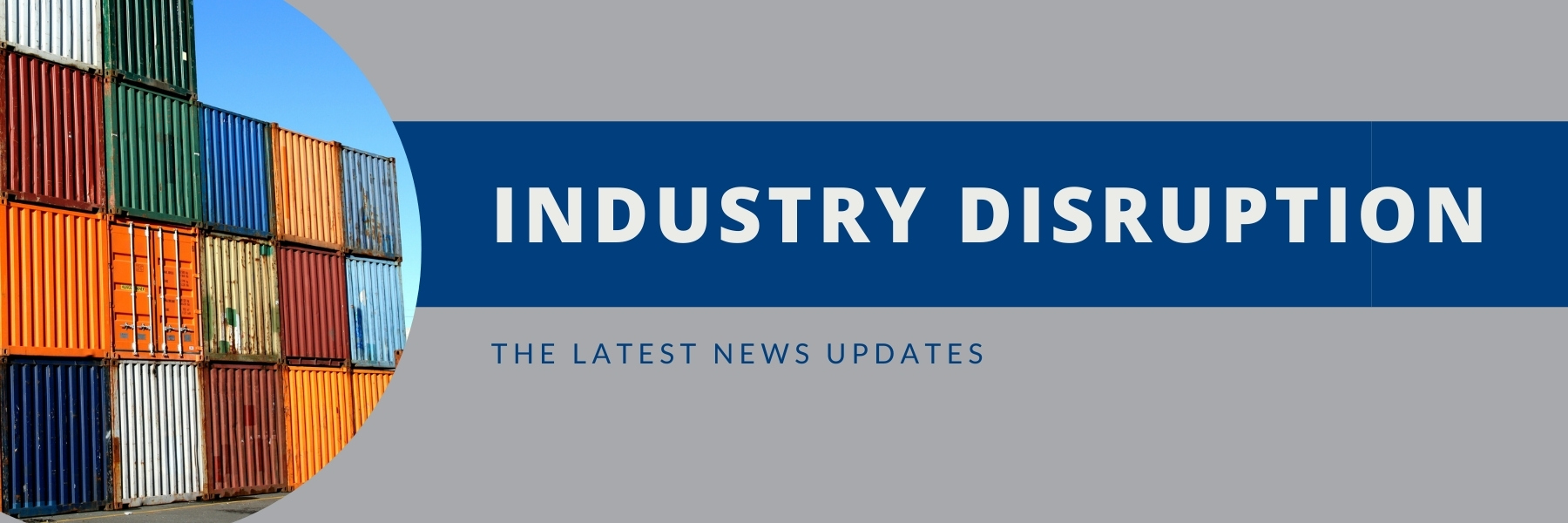Freight forwarding industry disruptions continue to delay the global shipping industry’s recovery. Eyes are on Asia, where COVID continues to impact workers in factories and at ports.
Last week Ningbo, the world’s third-largest container port, partially shut down due to a dockworker’s positive COVID case. Reopening is expected to start sometime around Aug. 20. And the number of container ships anchored off Xiamen on China’s southeast coast rose to 24 in early August from six, according to shipping data compiled by Bloomberg.
Meanwhile some 44 ships were anchored and waiting to berth outside LA/Long Beach as of late August. In May, the number of ships waiting came down to eight, and at its peak was 40 in February. The average wait time is about six days to port.
This situation is expected to continue into 2022. Here are the latest news briefs.
In Asia, vaccination rates are far lower than in the United States. For example, in Thailand about 6% of the population is vaccinated, in Taiwan the rate is nearly 2% and in Vietnam it’s under 1%. Countries are forced to respond to COVID surges with factory shutdowns and strict lockdowns.
At each step of transit, the system is frayed in some way. Steamship line capacity due to heavy demand continues to play a role, coupled with equipment shortages at ports and at overcrowded inland transload centers. There also is diminished rail capacity.
The Port of LA/Long Beach handles 50% of imports from Asia. Imports from Asia rose 7.9% year over year and 8.7% from the same month in pre-pandemic 2019 in July, the last month before the largest U.S. trade’s traditional August through October peak shipping season, according to PIERS, a sister product of JOC.com within IHS Markit.
In order to clear as many import loads and rail containers from the marine terminals as possible, operators are sending the container-chassis units to off-dock “surge” yards for temporary storage.
An intermodal equipment provider in Southern California says port dwell times have jumped from less than seven days to 8.3 days. Three days is preferred, and anything above four days can contribute to chassis shortages in the region.
Data from rate benchmarking platform Xeneta shows short-term ocean rates per FEU of 32 days or less on Asia-North Europe earlier this month are almost 900 percent above pre-pandemic 2019 levels at the same point, while China-US West Coast spot rates are 350% higher.
Pre-pandemic, the average price of global air cargo was 12 times more expensive than sea shipping, but in May that dropped to six times more expensive, according to the International Air Transport Association (IATA). Yet, with passengers returning to the skies, air cargo rates from Asia to the United States started to rise in the first week of July.
Air carriers in Asia also are impacted by COVID cases. A Cargo Services partner in Asia reported to our team that COVID labor force reductions are being implemented in Shanghai due to a positive case. This will impact capacity due to cancellations and delays.
Piers data shows import records are being shattered at approximately 30 percent higher than the past two years and are attributed to the rapid growth in online shopping during the pandemic. Unlike in-person shopping at stores, which fluctuates seasonally, online shopping is much steadier and requires constant replenishment of inventory.
Contact your Cargo Services representative for information about your shipment.
The Cargo Services team is working with new clients during this time. Contact us now.
Read our import and export frequently asked questions for more information on the situation.

